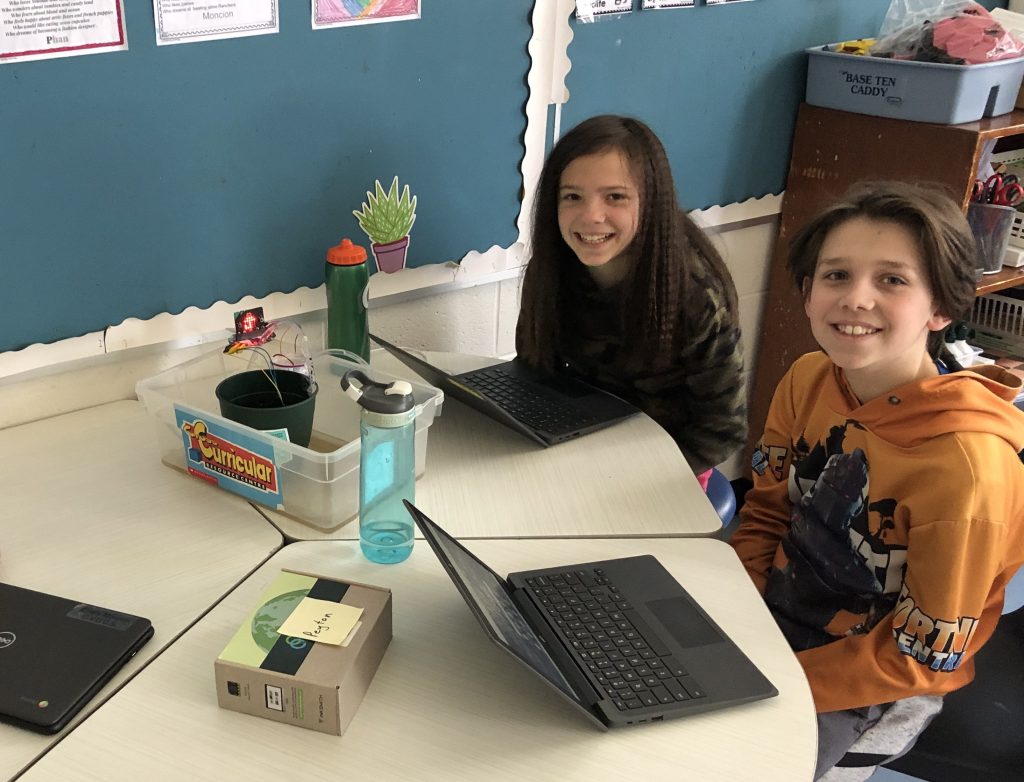What’s happening in Rainbow Schools?
Spring has Sprung: Rainbow Schools challenged to grow an indoor garden

This month, Rainbow District School Board has challenged staff and students to grow an indoor garden.
The Environmental Committee issues monthly challenges to schools throughout the year to broaden the scope of education and sustainable action.
Indoor plants have many benefits – they improve air quality by eliminating air pollution and allergens, reduce stress by suppressing nervous system activity and blood pressure, and support cognitive health and environmental wellness.
“Indoor gardens provide authentic hands-on learning experiences for students,” says Director of Education Bruce Bourget. “We encourage students to learn best practices for gardening in all seasons.”
To prepare, schools were given a variety of resources including a starter guide to growing seeds indoors, and information about heirloom seeds – plant seeds that are preserved for their value and carefully passed down through generations.
Schools were also provided with stories and videos about “The Legend of the Three Sisters” – an important Indigenous tale of how corn, bean and squash crops came to be grown together – one of the many agricultural innovations practiced by diverse Indigenous communities throughout Turtle Island – North America.
Indigenous people worldwide continue to advocate for the safekeeping of our planet Mother Earth Shkagamikwe – to enjoy her harvests, and, in turn, avoid hunger and poverty.
Students can plant seeds for herb, food or flower gardens in compostable egg cartons, or hang a pop bottle garden in a window using pellets rather than soil.
Students can also perform experiments to determine the best growing conditions for different plant species, and educators can ask questions to encourage dialogue: What are some local flowers that the pollinators (bees and butterflies) need? Why do some seeds grow faster than others? How do plants help with climate change?
Last month, staff and students were challenged to use less electricity.
What will next month’s challenge be?
-30-
Media Contact:
Nicole Charette, Senior Advisor
Corporate Communications and Strategic Planning
Rainbow District School Board, 705-674-3171 ext. 7217

 Translate
Translate